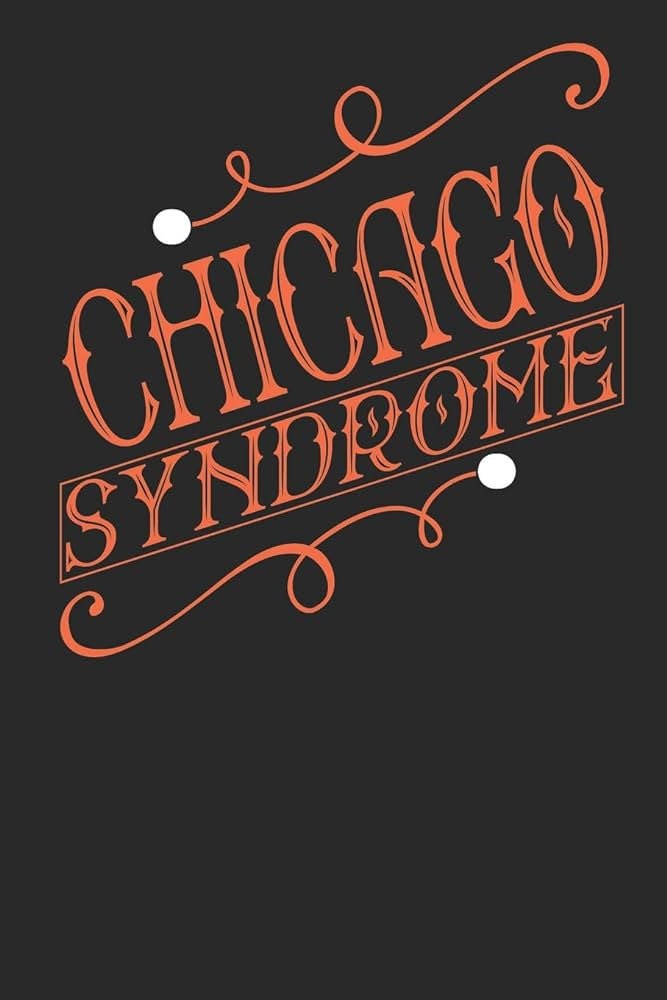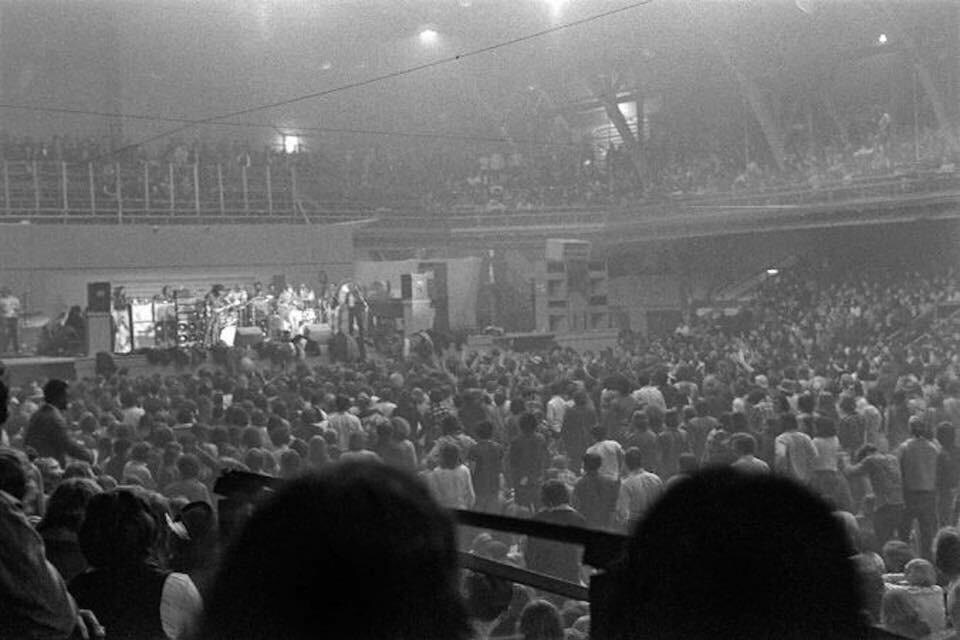November 27, 1970: Syndrome, Chicago
GRATEFUL DEAD, NEW RIDERS OF THE PURPLE SAGE SYNDROME, CHICAGO
It was a religious experience of the Third World Church with Pigpen presiding as high priest. The Grateful Dead offered a post-Thanksgiving mass here Nov. 27, with the help of the New Riders of the Purple Sage, a country music offshoot of the Dead. The Dead's show was more of a religious happening than a concert. The group's fans started dancing and shouting from the first chords of "Casey Jones," and didn't slow down until the final shouts from vocalist Pigpen on "Turn On Your Lovelight," which one person aptly described as the "closest possible thing to Nirvana." The Dead's "congregation," nearly 6,000 strong for the show, freaked and frolicked for four hours to music by the Warner Bros.' sextet, easily the most underrated rock band in the world. The New Riders, featuring Jerry Garcia and Micky Hart from the Dead, opened the show with some nice country sounds. Much of the material is original, but the group still borrows from the established country artists like Merle Haggard. The highlight of the New Riders' set was a country version of "Honky Tonk Woman," which left the crowd screaming for more.
(by George Knemeyer, Cincinnati Billboard, December 12 1970)
* * * * *
GRATEFUL DEAD GIVE LIFE TO ROCK
After the passing of what seems like generations of rock 'n' roll lives, the Grateful Dead returned to Chicago this weekend. It was Friday night in the Syndrome, a time when students were home for the holiday and a place which has become a "scene." But the Dead didn't draw a crowd on leave from school and looking for a place to go. They never have. Ever since they came out of San Francisco in 1966, their fans have been small in number, intensely behind them and into their music. When the Dead come into town, it's like a statesman returning to his people, a big family reunion that exults and rejoices to the voice of the Dead.
Just as two Jefferson Airplane members have formed another group, Hot Tuna, while remaining with the Airplane, the Dead have also branched out into other groups in what is now known as the Dead family. Friday night, the new Dead preceded the old. Jerry Garcia of the Dead played pedal steel with the New Riders of the Purple Sage. It was country music - "Six Days on the Road," "Honky Tonk Woman" - and the New Riders sang more than the Grateful Dead usually do. The crowd stood when Garcia and the Riders entered, and they never sat down. From then on, it was 5 1/2 hours of tapping, clapping, and shaking.
In their own music, The Grateful Dead proved that they have updated the psychedelic revolution they once led with so much energy. Garcia switched to his guitar, and Phil Lesh on bass and guitarist Bob Weir joined him. Drummers Bill Kreutzman and Mickey Hart battled each other all night, putting down their intricate rhythms while Pigpen controlled the organ. Their music exemplifies the highs of psychedelic rock. It builds to a peak, spreads out in all directions, comes back into focus and begins again, driving harder and reaching higher. It runs the gamut from acidhead lyrics to workingman's lyrics, from classically structured songs to country-folk-rock, but ultimately, the Dead merge song after song into one song, transcending each style and each influence and containing them all in the Dead's own kind of hypnotic, high energy rock 'n' roll. From the classic "Anthem of the Sun" to "Uncle John's Band," the evening went on like a trance. Garcia and Lesh, probably every member of the Dead, could hold their own with any other rock musician all night long. But together, the Dead are incomparable. More than any other group, The Grateful Dead open a consciousness to the musical experience.
(by Wayne Crawford, from the Chicago Daily News, 30 November 1970)
NO TAPE, ALAS!


